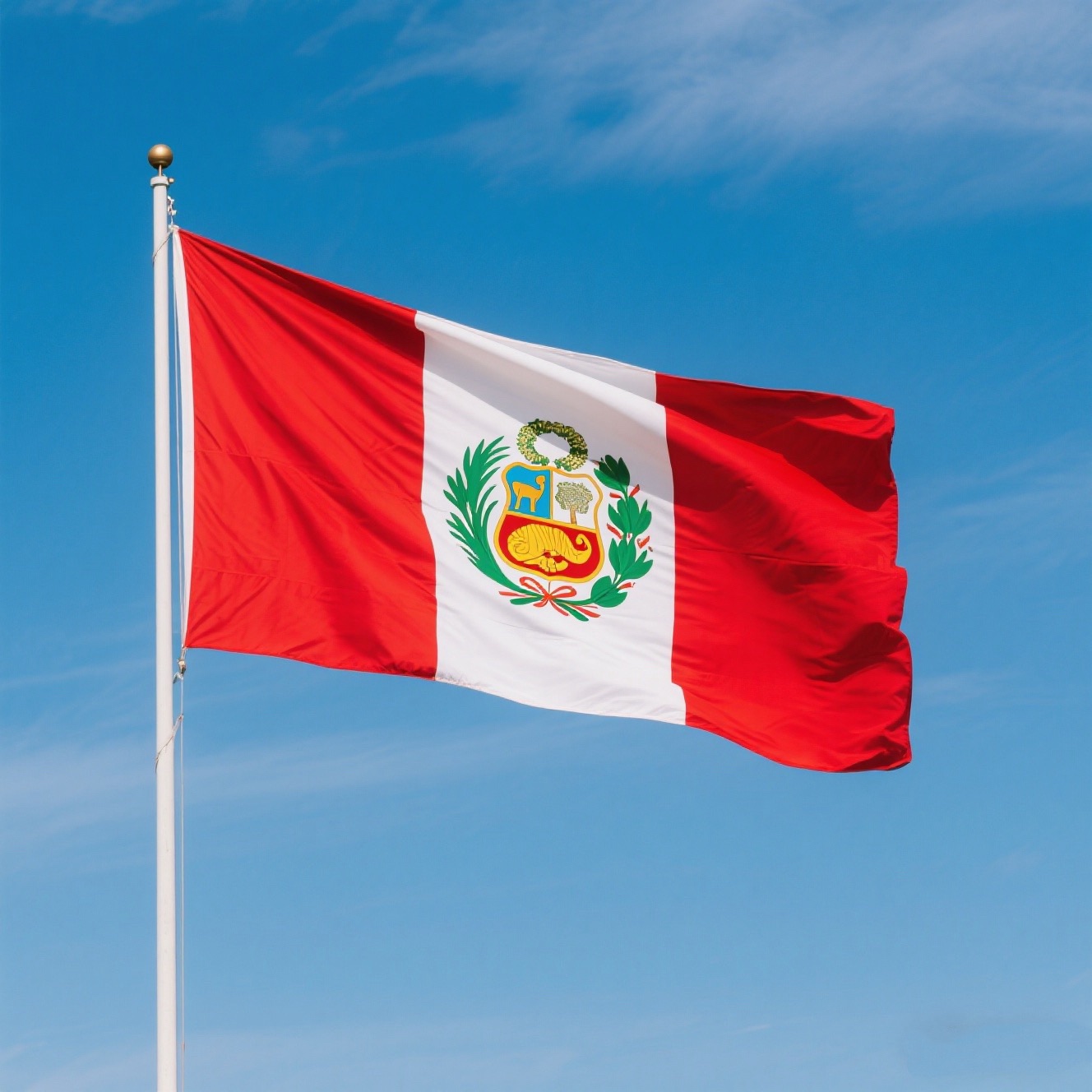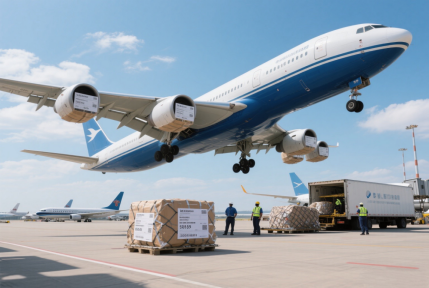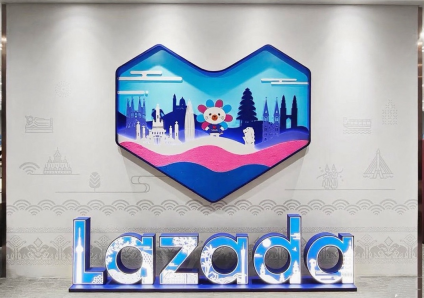
Is the Peruvian Market Worth Entering?
“As the world's second-largest copper producer and largest silver exporter, Peru imports over $2.5 billion worth of mining-related equipment and raw materials annually. The demand for excavator parts and mineral processing machinery grows by 12% each year, with Chinese brands holding over 40% market share. The annual import of flotation reagents reaches approximately $800 million, with eco-friendly products being particularly favored.”
Three Core Advantages of Entering the Peruvian Market
I. Clear Industrial Demand and High Import Dependency
Peru has significant import demands in several key sectors, and Chinese products hold distinct competitive advantages:
●Mining Support Industries: As the world's second-largest copper producer and largest silver exporter, Peru imports over $2.5 billion worth of mining-related equipment and raw materials annually. The demand for excavator parts and mineral processing machinery grows by 12% each year, with Chinese brands holding over 40% market share. The annual import of flotation reagents reaches approximately $800 million, with eco-friendly products being particularly favored.

●Agriculture and Fisheries: A major agricultural nation in South America, Peru imports over 50,000 tons of high-yield seeds and more than 10,000 small tractors annually. Chinese stress-resistant seeds can increase yield per mu by 20%. The annual fishing catch exceeds 7 million tons, and imports of freezing equipment and waterproof packaging materials reached $1.8 billion in 2023. Practical equipment suited for small and medium-scale operations is easier to market.
●Consumer Goods Sector: With 12 million middle-class consumers (about 30% of the population), the consumer market is valued at $80 billion. Energy-efficient refrigerators and 1.5-horsepower air conditioners see a 15% annual demand growth. Smartphones priced around $140 and fast-fashion women’s clothing perform well in e-commerce channels. Chinese sellers hold a 25% market share in the beauty category on Lazada Peru.
II. Open Policy Environment and Low Trade Barriers
Chinese companies face streamlined processes and few restrictions when entering the Peruvian market:
●Tariff Preferences: The China-Peru FTA covers over 75% of product categories, with zero tariffs on appliances and textile materials. Only a few products are subject to 5%-10% tariffs. Businesses can enjoy these benefits with a certificate of origin (processing time: 3-5 days, cost: approximately $30). One textile company reduced costs by 8% and increased orders by 25% using this advantage.
●Efficient Customs Clearance: The electronic customs system (SUNAT), launched in 2023, supports online declaration and real-time tracking. General cargo clears customs in 2-3 days, with an inspection rate of 10% (below the South American average). One company exporting 3C accessories completed clearance in just 1.5 days, matching the efficiency of Southeast Asia.
●Foreign Investment Incentives: Foreign companies can hold 100% ownership in mining, agriculture, and other sectors. Some projects qualify for tax exemptions (e.g., no income tax for the first two years). One machinery equipment company received tax reductions exceeding $70,000 in 2023 after setting up a local assembly plant, reducing product prices by 12%.
III. Strategic Location with Access to Multiple South American Markets
Peru serves as a crucial hub for entering the South American market:
●The Port of Callao, with an annual throughput of over 14 million TEUs, is a core hub on South America's west coast. Through dedicated land routes, it can reach landlocked countries like Bolivia and Brazil within 7 days, with transshipment costs 15%-20% lower than direct shipments from China. The route through the Panama Canal to the Port of Los Angeles takes only 18 days, 5 days faster than direct shipping from Shanghai, simultaneously covering the North American market.
●Additionally, Peruvian product certifications (e.g., INACAL electrical safety certification) are recognized across Andean Community countries like Colombia and Ecuador, avoiding redundant certifications. This makes Peru an ideal base for implementing a regional multi-country strategy.
Three Major Challenges to Beware of When Entering the Peruvian Market
I. Logistics Timeliness and Cost Control
●Key Issues:
South American logistics chains are far more complex than Southeast Asia's. Direct shipments from China to Peru face the "dual high" problem: shipping from Shanghai/Guangzhou to Callao takes 30-40 days, with an additional 5-7 days required for transportation to southern cities like Arequipa, leading to a delay rate exceeding 30%. In remote areas like Cusco, land transportation costs can reach 15%-20% of the cargo value. One company exporting 500 agricultural machines to Cusco saw end transport costs account for 18% of the product value, severely squeezing profits.

●Optimization Strategies:
1.Choose dedicated logistics lines: Fixed routes like the "Guangzhou-Callao" line (e.g., COSCO Shipping's South America West Coast Express) reduce transit time to 25 days and lower costs by 10%, offering port-to-door service to minimize handling.
2.Utilize local warehousing: Partner with local logistics providers like Falabella to stock 30-50 days of inventory in their Lima and Callao warehouses, reducing local delivery time to 3-7 days. One appliance seller reduced return rates from 12% to 5% using this model.
3.Implement cost management: For large shipments (over 1,000 units), split between "sea freight to warehouse" and "direct order fulfillment" to balance timeliness and cost.
II. Payment and Compliance Risks
●Main Issues:
Peruvian companies commonly use letters of credit (L/C) for settlements, especially among small and medium-sized enterprises. However, the cycle from issuance to payment takes 45-60 days, creating cash flow pressure. Translation errors in contracts (e.g., mistranslating "quality dispute period" as "return period") can lead to disputes. One textile company was forced to accept a 30% price reduction and return goods due to contract issues, incurring losses exceeding $28,000.
●Recommendations:
1.Adopt a tiered payment strategy: For small orders (under $50,000), use Western Union/PayPal (3%-5% fee, fast processing). One 3C seller improved capital turnover by 40% this way. For large orders (over $100,000), use L/Cs insured by Sinosure (premiums 0.8%-1.2%) to cover buyer default risks.
2.Ensure contract compliance: Use bilingual Chinese-Spanish contracts. Key clauses (quality standards, returns, dispute resolution) should be reviewed by local Peruvian law firms (e.g., Garrigues) at a cost of $500-$800 per contract to mitigate legal and cultural risks.
3.Conduct credit checks: Use the Peruvian Central Bank's credit system to verify buyers' tax records and trade dispute history. Prioritize partnerships with AAA-rated credit enterprises.
III. Cultural and Product Adaptation
●Common Pitfalls:
Peruvian consumers value product localization. Neglecting details can lead to returns. For example, although the local voltage is 220V, the plug standard is Type C (different from China's Type A/B). One phone seller failed to change plugs, rendering 500 devices unusable and incurring round-trip shipping costs. Food and cosmetics must labeled with Spanish ingredients and expiration dates (format: day/month/year). A snack company had goods detained at Lima customs due to Chinese-only labels, incurring over $1,400 in port fees.
●Localization Measures:
1.Obtain certifications early: Appliances require INACAL certification 3-4 months in advance (cost: $2,000-$3,000 per category). Without certification, clearance success rates are below 50%.
2.Standardize product labeling: Daily chemicals and food must include "Made in China" and Spanish product names, ingredients, and usage instructions (font size no smaller than 8pt). Local printing in Peru can reduce costs by 30%.
3.Implement sample confirmation: For new collaborations, send 3-5 samples for clients to confirm specifications, packaging, and labeling. One apparel company avoided bulk returns by discovering size discrepancies (Peruvians are 1-2 sizes larger on average) through sample checks.
Three Steps to Quickly Enter the Peruvian Market
I. Product Selection Strategy: Focus on High-Potential Categories, Avoid High-Risk Areas
Consider both demand stability and policy benefits:
1. Recommended low-risk, high-demand categories:
*Mining equipment parts: Consumables like excavator teeth and mineral processing filter cloths. Peruvian copper mines replace teeth 2-3 times monthly. A Shandong company's wear-resistant teeth (30% longer lifespan than local products) sell over 2,000 sets monthly in Lima. Eco-friendly flotation reagents (e.g., cyanide-free agents) comply with local regulations. A Jiangsu chemical company’s exports to Peru grew 35% in 2023.
*Agricultural machinery: Focus on small tractors (15-30 horsepower, suitable for family farms) and corn planters. Southern farmers prefer easy-to-operate, low-fuel-consumption models. A Henan company's 15-horsepower tractor (fuel consumption: 2.5L/hour) sells over 500 units annually. Stress-resistant seeds (e.g., drought-tolerant corn) yield 600 kg/mu, 20% higher than local seeds. A Heilongjiang seed company doubled its orders yearly.
*Energy-efficient appliances: Promote 1.5-horsepower inverter ACs (daily consumption: 0.5 kWh) and energy-efficient refrigerators under 200L. The middle class is sensitive to electricity costs and accepts a 15% premium for energy-efficient products. A Guangdong company sold over 80,000 inverter ACs on Lazada Peru with a 28% repurchase rate.
2. High-risk categories to avoid:
*Automobiles: Import tariffs of 5%-10%, plus Ministry of Transportation safety certification (3-6 months), are prohibitive for SMEs.
*Luxury goods: Target audience is only 2% of the population. The niche market relies on international brands, and Chinese products lack competitiveness.
*Heavy chemicals: Require an EIA assessment from the Ministry of Environment (costs over $10,000, takes 6+ months). Strict approvals often delay orders.
II. Efficient Customer Acquisition: Combine Online and Offline Channels
1. Quick start with online channels:
*Join Lazada Peru: New merchants enjoy 3 months of commission-free sales. Submit a business license and Spanish product list to open a store in 3-5 days. Adopt a "small wholesale + retail" model. A Hangzhou women's apparel seller achieved $120,000 monthly GMV with "discount coupons + TikTok live streams."

*Use Alibaba to filter "Peruvian Gold Suppliers": Prioritize buyers with over 3 years of cooperation, dispute rates below 1%, and response rates above 90%. Use "Trade Assurance Orders" to reduce risks. A Shenzhen electronic parts company secured a $50,000 initial order with 2-3 monthly repeat orders.
2. Build trust through offline channels:
*Attend Lima International Mining Week (MINING WEEK): Held every March, it gathers 500+ global companies. Bring samples (e.g., mineral processing machine models) for live demonstrations. A Hunan machinery company secured a $2 million order with Peruvian mining giant MMG in 2023.
*Exhibit at CES South America: Held annually in September in Lima, it suits 3C and appliance companies. Set up product experience zones. A Jiangsu appliance company entered Falabella supermarkets across 30+ stores through the exhibition.
III. Operational Optimization: Localization and Service Enhance Loyalty
1. Logistics solutions for efficiency and cost reduction:
*Partner with local logistics for last-mile delivery: Collaborate with Speedmark or DHL Peru to reduce end costs by 30% compared to direct shipments from China. A Guangzhou 3C seller achieved "next-day delivery" in Lima, increasing customer satisfaction to 92%.
*Bulk cargo via "sea freight + local warehouse": Use COSCO Shipping’s dedicated line (25-day transit) to stock Falabella warehouses with 30-40 days of inventory. An apparel company reduced inventory turnover from 60 to 35 days and cut capital by 40%.
2. Service localization and response mechanisms:
*Hire Spanish-speaking customer service: Recruit via Upwork (monthly salary: $800-$1,200, 20% lower than domestic rates). Candidates should have foreign trade experience and familiarity with Peru to accurately understand client needs.
*Respond within 24 hours: Maintain a customer issue log. Handle order inquiries and after-sales needs on the same day, with feedback by the next day. A machinery parts supplier increased repurchase rates from 30% to 55%, with long-term clients exceeding 60%.








